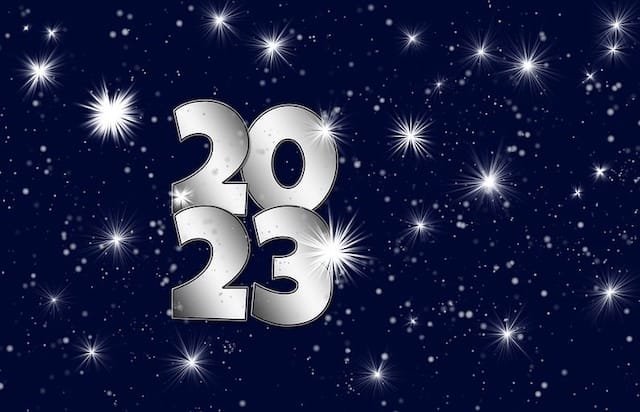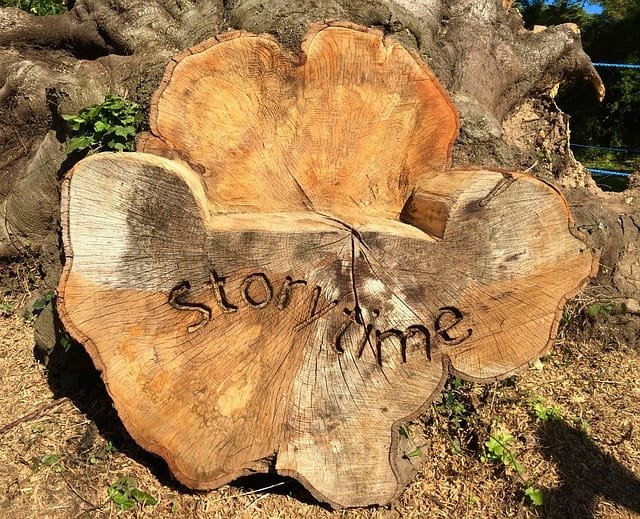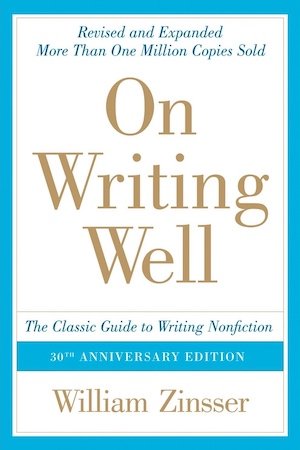The Superpower of Comic Con – Natalie Kaczorowski at TEDxSanDiego 2016
Comic Con is like a multi-day thrill ride, more carnival than convention, packed with eccentric attire, celebrities, and all things pop-culture. For years, onlookers have viewed these masters of the geek universe with a sense of confusion and comic relief.
That’s about to change, as Natalie Kaczorowski, aka Comic Connie, looks behind the mask of Comic Con to explain the hype, the craziness, and the exceptional superpower of Comic Con. Strap in for the thrill-ride of your life, as things are about to get nerdy.
“We are who we choose to be. So choose.”
Back in the day, when I was the organizer of TEDxSanDiego, I would start lining up speakers 6 months ahead of time. The theme for 2016 was The Age of Magic. One aspect of this theme addressed the incredible technology that was being developed and deployed around the world in ways that could change society.
But another way to look at this theme was through the lens of human identity and the human imagination. That got me thinking about Comic-Con, the world-famous conference held annually in San Diego. And as luck would have it, I knew someone who approached the yearly convention with an unbridled passion.
The brilliance in Natalie’s talk comes from her ability to weave her personal story of finding her identity and her tribe to the broader story of how everyone is just playing a role in life, whether they recognize it or not.
Notice how she captures the audience’s attention and has them laughing — first by referring to the superhero outfit she’s wearing on stage, and seconds later, to the outfit she’s wearing in a photo taken at Comic Con.
When I was a kid, I always had a flair for the dramatic. Turns out I had a condition called being an insufferable pain in the ass.
She then takes us from the woman she is on stage that day, to the young girl she was growing up and the central topic of how we all struggle to find our identity. In her case, that journey was through the world of comic book heroes.
Comic-Con is really an invitation to celebrate self-expression.
And when she introduces the topic of cosplay, it’s an opportunity to connect to the audience on the topic of self-expression, and thus, personal identity.
I want to live in a world where we don’t have to have an identity struggle or change or hide our appearance to hide from who we really want to be.
As you follow Natalie’s journey of self-expression, connecting with her tribe, and becoming her most invincible self, reflect upon your own path and the struggles you’ve had to simply be yourself.
If you’re in the process of writing a personal story of your own, note how Natalie blends various story blocks in order to create a narrative tapestry that’s founded in her own experiences, but reaches out the audience with a universal message.
Transcript
I wish I could wear this every day.
No, I meant this.
That’s me, by the way.
Sounds like a funny request, but this photo actually reminds me of this photo. Which is also me. Now, I know the first thing that comes to mind when you see this photo is, obviously, future TEDx speaker. But if you look deeper, you’ll see there’s a similarity between these two photos.
This is me at my most amazing. And this is me at my most invincible. And in both photos, I am my most fearless. I didn’t realize that until I experienced the superpower of Comic-Con for the first time.
Society doesn’t tell us that we can dress in superhero costumes in everyday life. We need to get a real job, get a real degree, start a real family. We are supposed to be normal. We struggle, though, with identity our entire lives. It’s a common theme in superhero stories, too. Peter Parker struggles with the fact that he’s Spider-Man. Clark Kent changes his appearance to hide the fact that he’s Superman. Bruce Wayne doesn’t feel free until he becomes Batman.
When I was a kid, I always had a flair for the dramatic. Turns out I had a condition called being an insufferable pain in the ass. I wasn’t raised by my real parents, so I imagined my journey through life in the context of Superman. I always felt like the world was on the verge of ending, so I felt like a vampire slayer. All that drama actually made things more clear. It was good versus evil, right and wrong, black and white. With great power comes great responsibility.
Somewhere along the line, I quit looking at the world that way. We reach an age where we stop believing that we’re capable of saving the world or in magical lands where anything is possible. Which is why Comic-Con is such an enigma. I get it. Not everyone understands Comic-Con. First of all, you don’t simply just go there! It’s really hard to get tickets! Tickets to Comic-Con aren’t really bought so much as you win the privilege of paying for a ticket.
During open registration, badges sell out in less than an hour in the most stressful, indigestion-inducing process in history. Ask anyone that’s been through this, it’s the joy of being selected for Hogwarts matched with the sheer terror of surviving the Hunger Games.
I get asked all the time, why go through all that trouble? Or more commonly, you pay so much money and get dressed up and sit in some theater to watch a bunch of people talk. It’s gonna come out on YouTube. I mean, you guys get it, right? So annoying. Let it sink in.
Truth is, millions of people try to go to Comic-Con. It has something for everyone. It ranges from well-known comics and mainstream movies and television, to also include video games, anime, science, technology, everything in between. It’s the one place where the line to the men’s room can consist of Reed Richards, Han Solo, Captain Picard, someone cosplaying astrophysicist Neil deGrasse Tyson, and the actual Neil deGrasse Tyson.
You might have heard that term cosplay before. It’s a big part of Comic-Con. Cosplay is the art of dressing up. And like any classic art, it revolves around self-expression. Celebrities even dress up to go to Comic-Con for the same reason everyone else does: because you can be whoever you want to be. Even if you just want to dress and blend in with the Stormtroopers.
Comic-Con is really an invitation to celebrate self-expression. I’m going to tell you an origin story about how my two identities became one. Natalie grew up in a small town. She didn’t win any high school awards. But if there was a trophy for most contributed screencaps of the Dharma logos on the Lost Wikipedia page, she would have won it. She found a small tribe of people that would put up with her crazy teen antics, even embrace her for it. She thought that familial bond she had was isolated to her hometown until she went to Comic-Con.
Now, here’s a place full of hundreds of thousands of people that not only got it, but celebrated it. It’s a utopia, a hub of energy, full of lights and sounds and culture. Comic-Con is like a parade, Mardi Gras, and Times Square, all at the same time. It’s Nerd Mecca. Of course I’d want to live there. I mean, she, she would want to live there.
So, Natalie moved to San Diego. And every year when Comic-Con came to town, it was like homecoming. But on the last day of Comic-Con, she gets this sinking feeling in her chest. She felt worse after Comic-Con. She didn’t know why. She did all the normal things: got a job, got a degree, gotten married. Something was missing that compelled her to change. So she began to dismantle all of the beautiful things she had, one by one, until she had none of those things.
A friend of ours came up with an idea about how to best utilize her talents. We called it Comic-Con-nie. All that was needed was a camera, her passion for Comic-Con, and to act like a super nerd. Oh, and she had to wear the costume. That changed everything. Wearing that costume, playing that part, it allowed her to unlock her passion for talking to people about the characters and the stories that excited her.
And when she ran out of different costumes to wear, she started wearing nerdy t-shirts, even off-camera. And then something amazing happened. People from diverse backgrounds would recognize those symbols. They’d strike up conversations she never saw coming. Sometimes it’s, “I love your shirt!”
Seeing that symbol gives them this freedom in identifying that we are members of the same tribe. That was my radioactive spider bite. That’s when who I was trying to be and who I was afraid of being finally came together. That’s when I realized, this is who I’m supposed to be. Comic-Con connects individuals with their tribe. But fandom is the connection that the tribe has with characters which represent an ideal that we admire.
It could come in the form of power, like Superman’s abilities. Iron Man’s financial strength. Sherlock Holmes’ superior intellect. Or maybe, maybe we just need courage. Like Katniss Everdeen from The Hunger Games, or Jon Snow from Game of Thrones, who in the face of insurmountable odds still have the courage to fight. And the best part? People are lining up to speak with Charles Xavier.
I understand there’s a lot of pushback with this idea of dressing up in large groups. For some reason, people find it strange to wear Vulcan ears to match your Starfleet uniform. But when you spend over $300 on an authentic jersey and paint your face in your team’s colors, I have news for you. You are a nerd! Nerd! We do this, though, for love of the story. It’s united humans together for thousands of years.
Maybe it’s a group of people sitting in an auditorium or watching online randomly chosen members of society tell their stories. You can nerd out about anything. I’ve stood in line overnight to watch a panel for a TV show called Supernatural. Thank you. In 2016, Supernatural broke a record by entering its 12th season. I’m not still watching to see which of the two main characters is going to get punched in the face by a ghost this week. I stand in line to meet other fans. The show speaks to us because it teaches us that home isn’t necessarily where you came from. Family doesn’t end with blood. We are stronger together than we are apart.
Comic-Con is a ritual that celebrates this transformation. For four days out of the year, you can be whoever you want to be instead of who you’re supposed to be. Define yourself. That’s the superpower of Comic-Con. Comic-Con was the catalyst for my own transformation. Natalie and Comic-Con-nie have merged into me. To become my most amazing, my most invincible. And they’ve led me to this stage so I can become my most fearless.
I want to live in a world where we don’t have to have an identity struggle or change or hide our appearance to hide from who we really want to be. What if being a superhero in everyday life was normal? You dress for the job you want. And dressing the part and playing the part means being the part. Then the real question is, who are you cosplaying as this year?
We are who we choose to be. So choose.
Thank you.
◆
contact me to discuss your storytelling goals!
◆
Subscribe to the newsletter for the latest updates!
Copyright Storytelling with Impact® – All rights reserved




